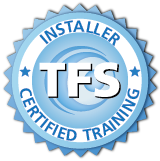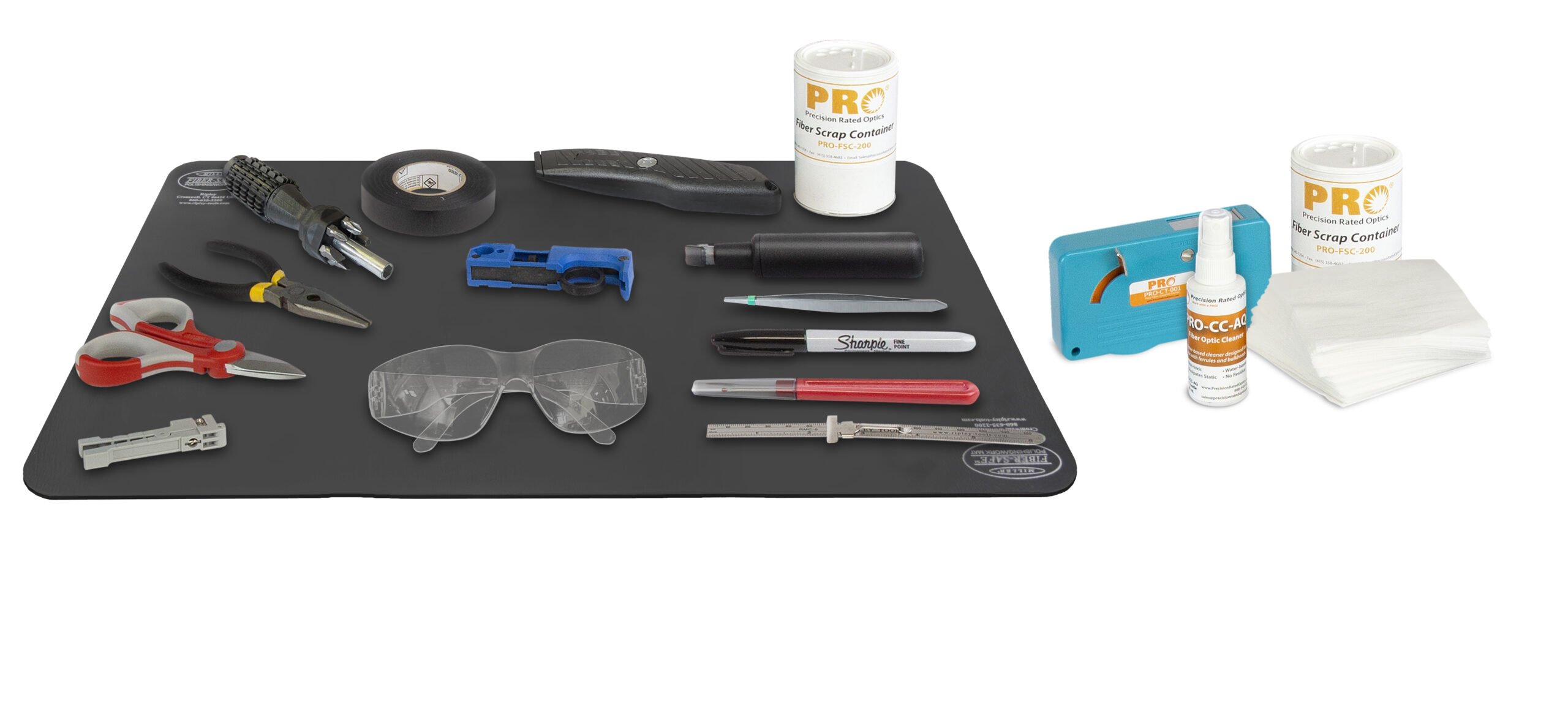Objectives
Provide the student with the necessary knowledge and skills to:
- Layout, install or maintain fiber optic cabling systems
- Demonstrate a practical knowledge of fiber optic theory, codes, standards and installation practices
- Demonstrate a practical knowledge of individual hands-on skills including:
- Performing industry standard fiber optic terminations
- Preparing cables for inside and outside applications
- Performing fusion splicing and splice tray preparation
- Testing with the OTDR and optical loss test equipment
Lectures
Lectures (Self-Paced Online Training Modules – Must be completed before the student gets to class for the hands-on portion of the training.)
Approximate time needed to complete lectures: 16 hours.
- Introduction to Fiber Optics
- Fiber Optic Advantages and Applications
- Terminology and History
- The Fundamentals of Light Propagation
- Scales of Measurement and the Spectrum
- Characteristics of Singlemode and Multimode
- Manufacturing, Bandwidth and Linear Effects
- Cables
- Cable Types, Construction and Specifications
- Cable Marking
- Selection Criteria
- Connectors and Terminations
- Temporary and Permanent Connections
- Connector Types
- Mechanical and Environmental Considerations
- Performance Specifications
- Connector Loss Issues
- Splicing Applications
- Splicing
- Fusion and Mechanical
- Fusion Splicing
- Cable Marking
- Mechanical Splicing
- Enclosures and Panels
- Panels
- Distribution, Patch and Splice Types
- Application Issues and Selection Criteria
- Aerial and Burial Enclosures
- Re-Entry and Expansion Capabilities
- Routing and Preparation
- Installation
- Planning and Standards
- Premise/LAN Methods
- Outside Plant Methods
- Aerial and Burial Techniques
- Installation Tools and Equipment
- Test Equipment
- Loss Testing Tools and Equipment
- Standards and Methods
- Return Loss, Bandwidth and Dispersion
- OTDR Theory and Applications
- Loss and System Budget Calculations
- Restoration and Maintenance
- Tools and Equipment
- Practical Applications
- Time Saving Techniques
- Record Keeping and Documentation
- System Components and Design Issues
- Transmitters and Receivers
- Passive Optical Components
- Couplers and Splitters
- WDM and DWDM Issues
- System Design Exercise
- Tools and Equipment
- Practical Applications
- Time Saving Techniques
- What does an OTDR do?
- OTDR basics: What does an OTDR measure?
- How does an OTDR create a trace?
- Setting parameters and their effects on a trace: Range, Pulse Width, Index of Refraction, Sampling Time
- Understanding events: Non-reflective, Reflective, Gainers, Ghosts
- Optical return loss
- Effects of a launch and/or Landing box
Prerequisites: None
Knowledge or experience in the areas of Fiber Optic Advantages and Applications, Cables, Connectors and Terminations, Enclosures and Panels, and Test Equipment would be helpful, but is not required.
Target Audience
Certified Fiber Installer is designed for new or experienced personnel seeking a deeper understanding of the installation of fiber optic cabling systems. This course is excellent for anyone involved in the construction, education, commercial, industrial, or utility markets and anyone who designs, installs, maintains, or tests fiber optic cabling systems.



